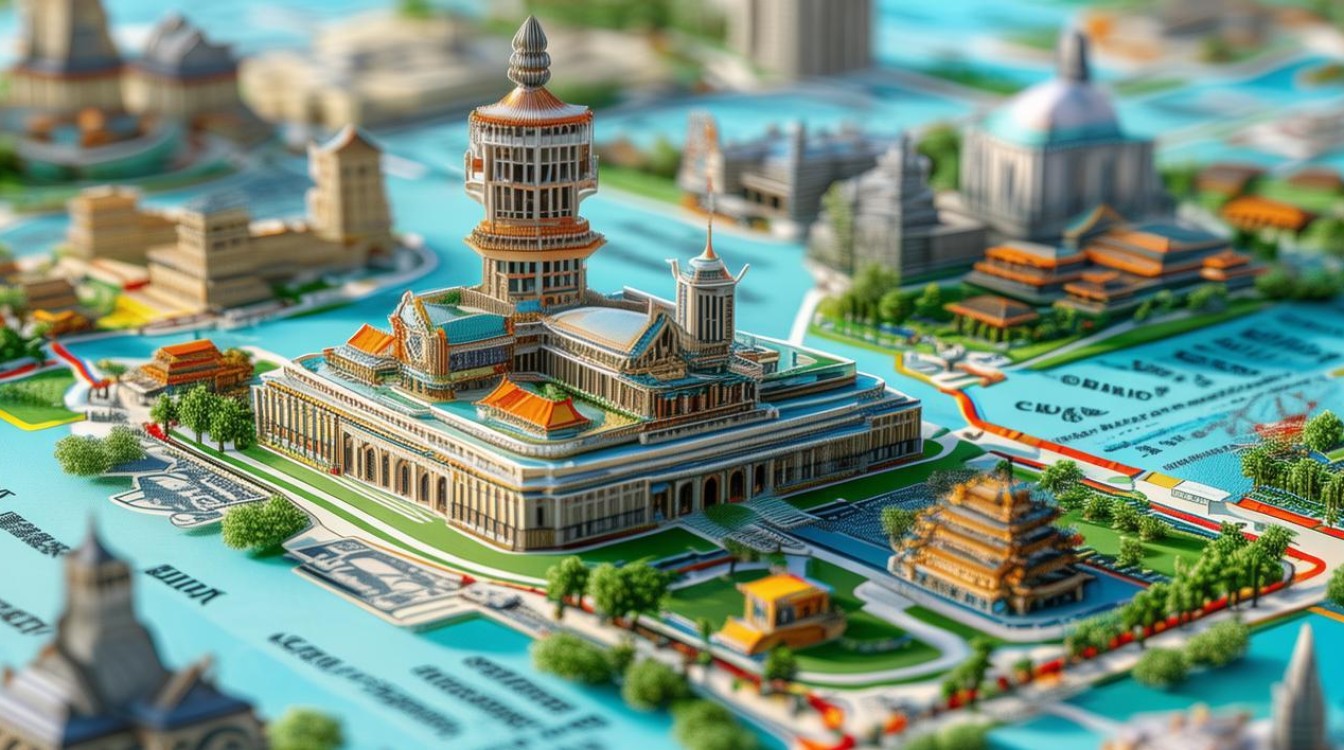Changsha, the capital of Hunan Province, is a city where ancient history and modern vibrancy collide. From UNESCO-listed landmarks to bustling food streets, this destination offers unforgettable experiences for travelers. Here’s a curated list of Changsha’s top attractions, perfect for an English-speaking audience.

Yuelu Mountain and Yuelu Academy
Nestled in the heart of Changsha, Yuelu Mountain is a cultural gem. Its lush trails lead to the Yuelu Academy, one of China’s four great ancient academies. Founded in 976 AD, this institution has nurtured scholars for centuries. Walking through its courtyards, visitors admire classical architecture and serene gardens. The autumn maple leaves here are particularly breathtaking, earning the area the nickname "Red Maple Valley."
Why Visit?
- A UNESCO World Heritage Site candidate.
- Combines natural beauty with scholarly history.
- Panoramic city views from the mountain summit.
Orange Isle (Juzizhou)
Stretching along the Xiang River, Orange Isle is a scenic park famous for its giant statue of Chairman Mao. The youthful Mao Zedong is depicted gazing toward his hometown, Shaoshan. Visitors rent bikes or stroll through orange groves, especially enchanting during sunset. The annual Changsha International Fireworks Festival lights up the sky here, drawing crowds from across the globe.
Highlights:
- Free admission and open year-round.
- Ideal for photography and riverfront picnics.
- Hosts cultural events and light shows.
Hunan Provincial Museum
For history enthusiasts, the Hunan Provincial Museum is indispensable. Its star exhibit is the 2,200-year-old Mawangdui Han Dynasty Tomb relics, including the remarkably preserved Xin Zhui’s mummy. Interactive displays and English audio guides make the museum accessible to international visitors.

Must-See Exhibits:
- Silk paintings and lacquerware from the Han Dynasty.
- A reconstructed tomb chamber with holographic projections.
- Free entry (book tickets online in advance).
Taiping Street and Pozi Street
No trip to Changsha is complete without tasting its fiery cuisine. Taiping Street and Pozi Street are food havens where vendors serve stinky tofu, spicy crayfish, and sugar oil粑粑 (glutinous rice cakes). These pedestrian streets also feature Qing Dynasty architecture, blending gastronomy with history.
Pro Tips:
- Visit in the evening for the liveliest atmosphere.
- Try local teas like "Jasmine Silver Needle" at traditional teahouses.
- Bargain for souvenirs like embroidered Hunan handicrafts.
Tianxin Pavilion
As Changsha’s only surviving ancient city wall, Tianxin Pavilion symbolizes resilience. Originally built in the Ming Dynasty, it was rebuilt after the 1938 "Wenxi Fire" that devastated Changsha. The pavilion’s tower offers a bird’s-eye view of the city, while the surrounding park hosts tai chi practitioners and calligraphers.
Cultural Significance:

- Houses a small museum on Changsha’s wartime history.
- Night illuminations create a magical ambiance.
- Nearby Huangxing Pedestrian Street is great for shopping.
Window of the World
Families and thrill-seekers love Window of the World, a theme park replicating global landmarks like the Eiffel Tower and Taj Mahal. The park’s Alpine Sliding Ride and nightly laser shows add excitement. Though kitschy, it’s a fun way to "see the world" in a day.
Visitor Notes:
- Allocate 4–5 hours to explore the park fully.
- Weekdays are less crowded.
- Combine with a visit to nearby Happy Valley Changsha.
Meixihu International Culture & Arts Centre
Designed by the late architect Zaha Hadid, the Meixihu Centre is a futuristic landmark. Its undulating titanium facade hosts operas, concerts, and art exhibitions. Even non-attendees can marvel at the building’s curves, best photographed at dusk.
Architectural Marvel:
- Free to explore the exterior and lobby.
- Check the schedule for English-friendly performances.
- Nearby lakeside walks are perfect for relaxation.
Kaifu Temple
For spiritual solace, Kaifu Temple offers tranquility amid the urban hustle. This Buddhist temple, dating back to the Five Dynasties, features golden statues and a 500-year-old ginkgo tree. Visitors join monks for morning chanting or light incense for blessings.

Etiquette Tips:
- Dress modestly (no shorts or sleeveless tops).
- Photography is permitted but avoid flash near altars.
- The temple’s vegetarian restaurant serves delicious mock-meat dishes.
Changsha is more than a stopover—it’s a city of contrasts. Whether you’re tracing the footsteps of ancient philosophers, indulging in mouth-numbing spices, or admiring avant-garde architecture, every corner tells a story. For travelers seeking authenticity and adventure, this Hunan capital delivers.



